The reaction in most elected Republican circles to the naming of President-elect Donald Trump’s nominees for the most prominent positions in his administration has ranged from the exuberant, to the somewhat skeptical, to the truly head-scratching, to, in one obvious case, outright disgust. But what’s emerging now is a clearer picture of what Trump 47 has as an idea of his cabinet — and it’s far more consistent, and potentially transformative, than some observers currently seem to appreciate.
Cabinets and top officials are most often drawn from a pool of experienced politicians with lengthy résumés, earned from decades of service in varied capacities and concentration in their particular area. The biggest donors and bundlers have their targeted jobs, as do the influence peddlers and those politicians mindful of the board jobs they want after they depart their role. The number of truly transformative cabinet members over the years is small in number; in recent terms you were more likely to see political hacks with little in the way of policy experience granted major roles.
The worst example of this hackery in the Biden-Harris administration was the choice of California attorney general Xavier Becerra to head the Department of Health and Human Services. His confirmation was the narrowest of any Biden nominee, with Susan Collins joining Democrats for a 50-49 vote, a historically close partisan vote on an HHS choice. It came because he was viewed as singularly inexperienced dealing with health agencies or advancing policy reforms — a notable blank spot on his résumé in the midst of the Covid pandemic. Instead, Becerra was named because he was a reliable legal hatchet man for the left, a culture warrior on abortion and a partisan loyalist.
Becerra represented a new kind of cabinet choice intended to let Democratic bureaucrats run free and do battle with the courts on their behalf. The cabinet Donald Trump has assembled has a wealth of experience doing battle on a different front: through a rapidly changing media and communications environment which proved so key to Trump’s own success in 2024.
Look across the range of nominees and it’s obvious what nearly all of them have in common: they are communicators, not administrators. The skillsets they bring to their new roles are less about the unsexy business of corralling bureaucrats, they’re about being experienced advocates to a public audience on behalf of Trump’s agenda, or their own. Imagine a cabinet entirely built around the idea that the people named all need to possess the capability not just to testify before Congress, run a press conference or do a media hit — but to go on longform podcasts as effective faces of the Trump 47 agenda. Nearly all of them have already done so, repeatedly, in the past few years. Some even host podcasts themselves — and there’s probably no reason for them to stop now.
A pattern is emerging in all of this: pair a figure from central casting, loyal to Trump but perhaps lacking in subject matter experience, with solid deputies expected to do the tough behind the scenes work of upending the administrative state. The latter will have the tougher task, given the fact that much as the “resistance” effort is muted this time around, it still exists and thrives within the bureaucracies opposed to the president-elect’s dramatic promises of reform and redirection. But having the face matters, too, particularly in increasing the confidence of the American people in his policies.
If your assumption about the second Trump administration is that what he most cares about is less about achieving distinct ideological goals and more about becoming an incredibly popular president, it’s hard to judge this as anything but a smart shift in the way you choose a cabinet. Leave policy making to the nerds; pick the people with the capability to make the best case for it, whatever it turns out to be.











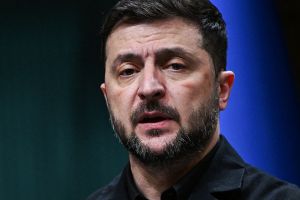
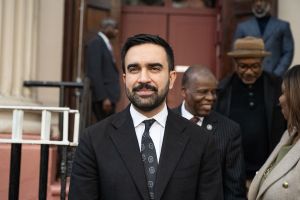
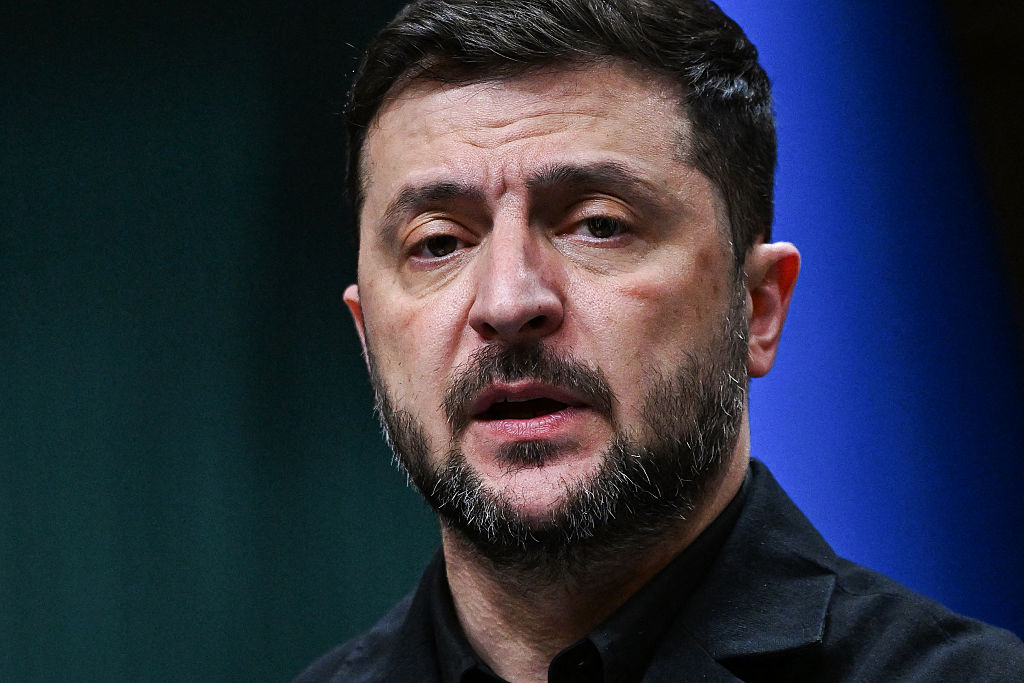
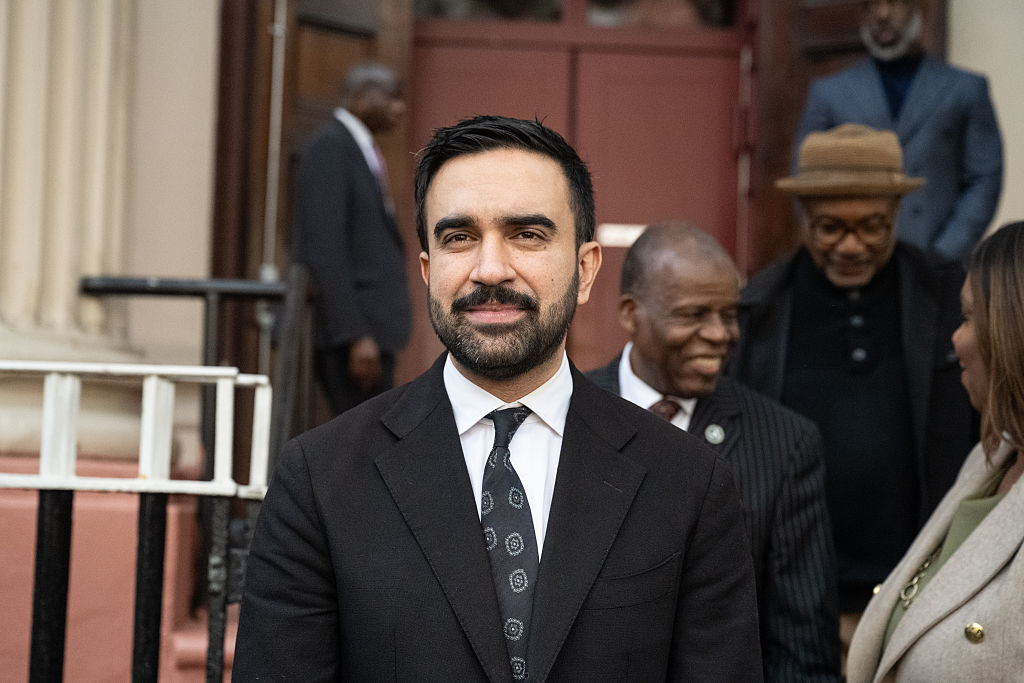
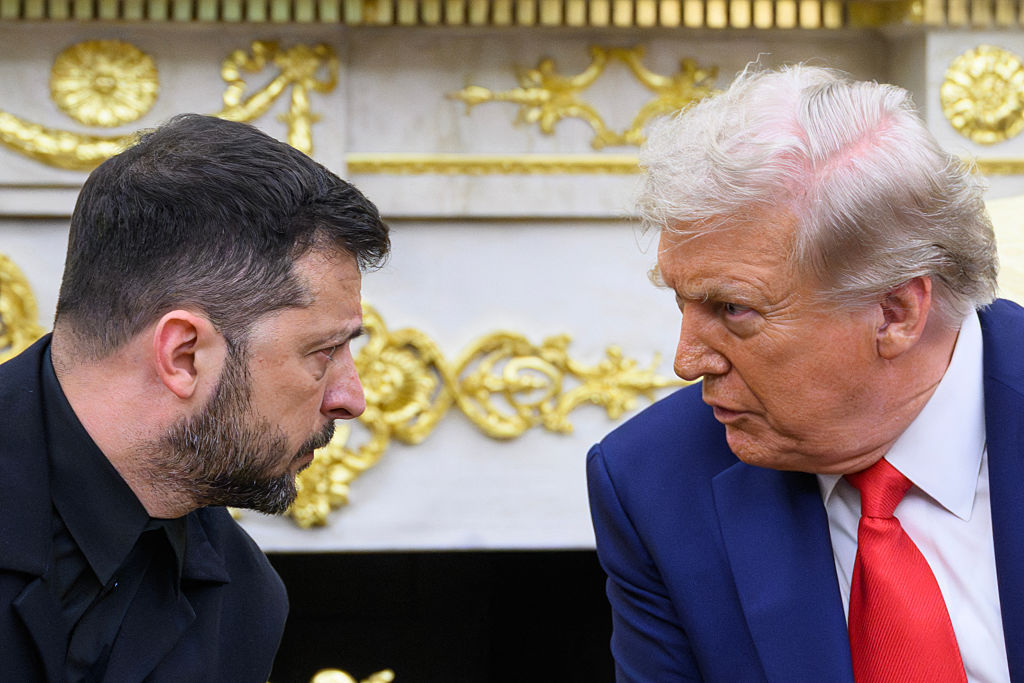

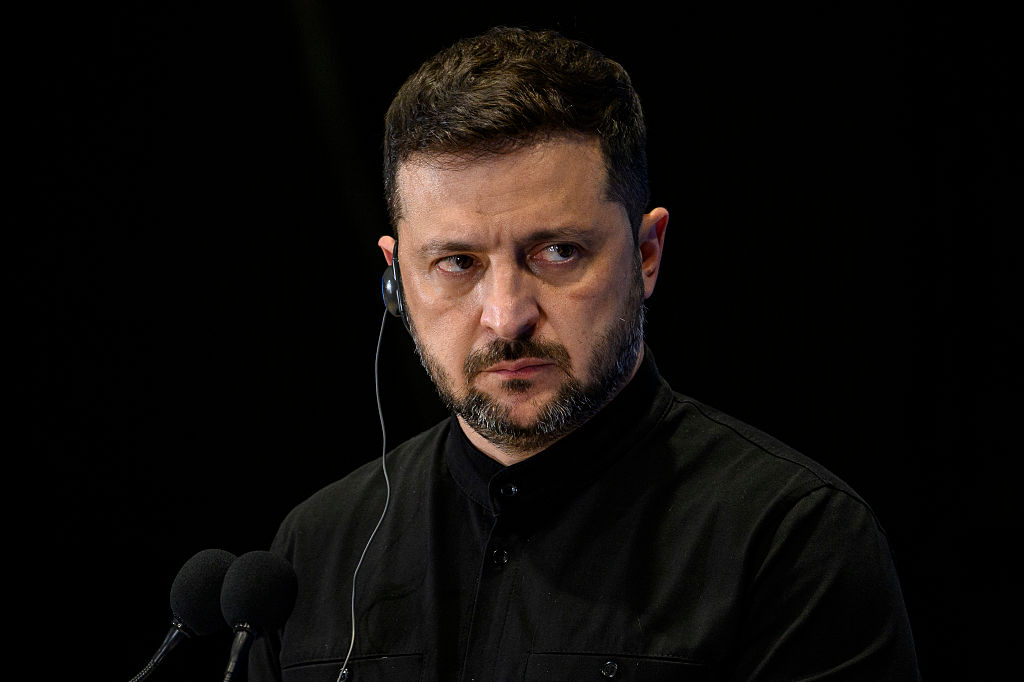
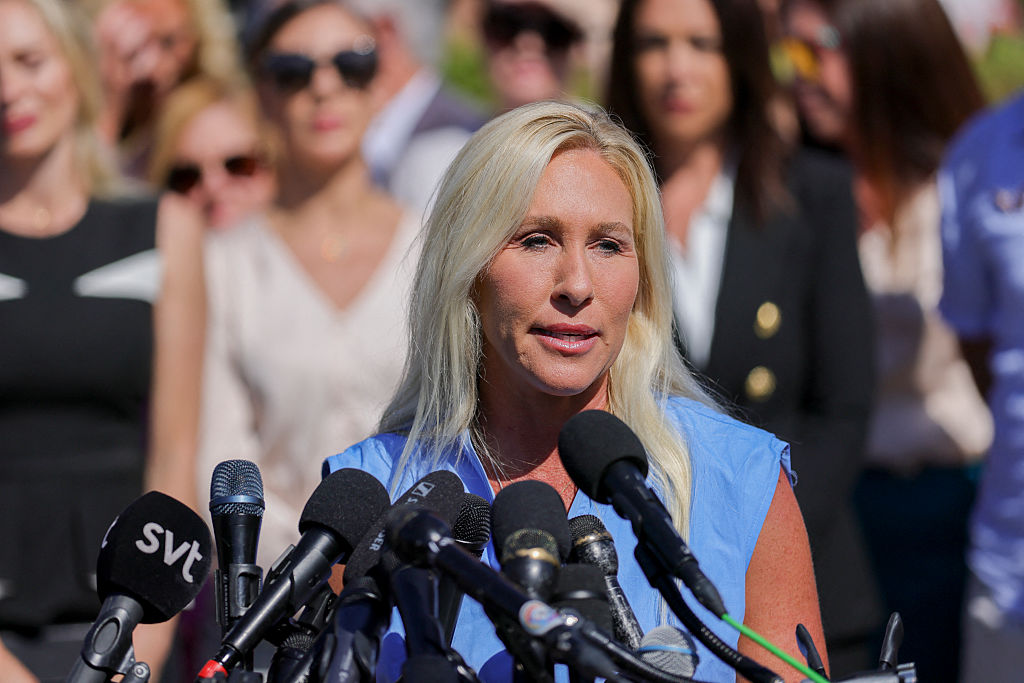







Leave a Reply